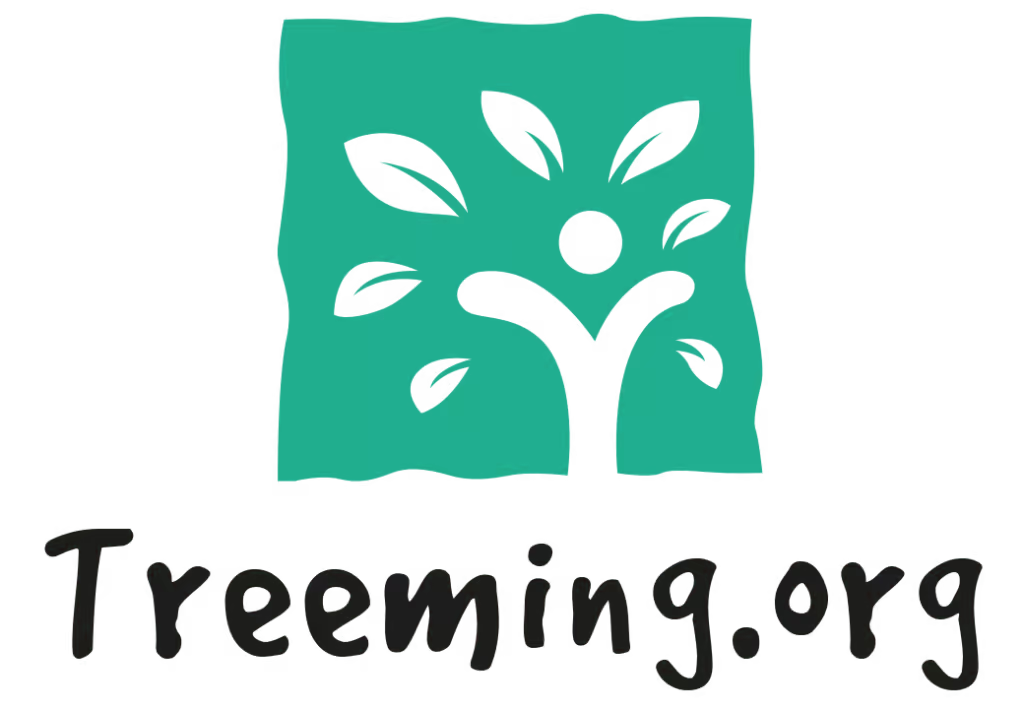Take a glimpse into the world of Forest Bathing and discover the many benefits it has to offer. Learn simple exercises to try on your next nature walk and find out how an online course can provide you with more in-depth knowledge and guidance.
Introduction
Forest Bathing, also known as shinrin-yoku, is a practice that involves immersing oneself in nature to improve physical and mental health. The practice has been gaining popularity in recent years, and for good reason. Studies have shown that spending time in nature can lower levels of the stress hormone cortisol, lower blood pressure, and improve heart rate variability. It can also improve mood, reduce feelings of stress and anxiety, and boost the immune system.
If you’re new to Forest Bathing, you may be wondering where to start. In this article, we will introduce you to some simple exercises that you can try on your next nature walk. We will also provide an overview of the many benefits of Forest Bathing and how an online course can provide you with more in-depth knowledge and guidance.
Easy Eercises to try
Exercise 1: Scent Walk
One of the key components of Forest Bathing is the presence of phytoncides, which are natural oils that plants emit to protect themselves from insects and other animals. When we breathe in these oils, our bodies respond by increasing the number and activity of natural killer cells, which play a crucial role in our immune response. To experience this benefit, try going on a scent walk.
To do this, choose a spot in nature where there are a variety of plants. Take a deep breath in and out, and then walk slowly while breathing in the scents of the plants around you. Take your time and try to identify different scents. As you walk, try to focus your attention on the sensation of the scents. This exercise can help to improve your sense of smell and boost your immune system.
Exercise 2: Forest Therapy Walk
Another simple exercise is the Forest Therapy Walk. This exercise is designed to help you focus on your senses and the present moment. To do this, take a walk in nature and focus on the five senses: sight, smell, sound, taste, and touch. As you walk, try to identify different colors, scents, sounds, tastes, and textures. Take your time and try to appreciate the beauty of nature around you. This exercise can help to reduce stress and anxiety, and improve your mood.
Exercise 3: Nature Mandala
The Nature Mandala exercise is a great way to connect with nature and experience its healing properties. To do this, find a spot in nature where there is a variety of natural materials. Gather different materials such as leaves, twigs, pebbles, and so on and create a mandala. Once you’ve created your mandala, take some time to appreciate the beauty of the materials you’ve used and the natural environment around you. This exercise can help to reduce stress and anxiety, and improve your mood.
Exercise 4: Nature Journaling
Nature journaling is a great way to connect with nature and document your experiences. To do this, find a comfortable spot in nature and bring along a notebook and pencil or pen. Take some time to observe your surroundings and write down your observations. This can include the weather, the plants and animals you see, the sounds you hear, and your own thoughts and feelings. This exercise can help you to develop a deeper connection with nature and improve your mental well-being.
Exercise 5: Forest Yoga
Yoga is a great way to connect with your body and mind, and it can be even more powerful when practiced in nature. Forest yoga is a form of yoga that is done in nature and combines the benefits of yoga with the benefits of Forest Bathing. To do this, find a comfortable spot in nature and practice yoga poses that are safe and comfortable for you. As you practice, focus on your breath and try to be present in the moment. This exercise can help you to reduce stress and anxiety, improve your flexibility and strength, and boost your mood.
Exercise 6: Nature Sound Meditation
Nature sound meditation is a great way to relax and reduce stress. To do this, find a quiet spot in nature and sit or lie down. Close your eyes and focus on the sounds of nature around you. This can include the sound of birds singing, the wind in the trees, and the sound of a nearby stream. Try to let the sounds wash over you and allow them to relax your mind and body. This exercise can help to reduce stress, improve your mood, and boost your immune system.
Exercise 7: Mindful Walking
Mindful walking is a great way to practice mindfulness and connect with nature. To do this, find a nature trail or park and take a walk. As you walk, focus on your breath and try to be present in the moment. Notice the sights, sounds, and smells of nature around you. Pay attention to your body and how it feels as you walk. This exercise can help to reduce stress, improve your mood, and boost your immune system.
Exercise 8: Nature Scavenger Hunt
A nature scavenger hunt is a fun way to explore nature and connect with it. To do this, create a list of items that you might find in nature and head out to a local park or nature trail. Look for the items on your list and take note of the different plants, animals, and natural features that you see. This exercise can be a fun way to spend time in nature and can be enjoyed alone or with friends and family.
Exercise 9: Nature Photography
Nature photography is a great way to capture the beauty of nature and create lasting memories. To do this, find a nature trail or park and take a camera with you. Take photos of the different plants, animals, and natural features that you see. This exercise can help to improve your photography skills and can be a great way to document your time in nature.
Exercise 10: Nature Gratitude Walk
A nature gratitude walk is a great way to appreciate the beauty of nature and to practice gratitude. To do this, find a nature trail or park and take a walk. As you walk, take note of the things you are grateful for in nature. This can include the trees, flowers, birds, and other natural features. Try to take note of at least one thing that you are grateful for each time you take a walk. This exercise can help to improve your mental well-being and can be a great way to document your time in nature.
Conclusion
These are just a few examples of the many exercises that you can try when Forest Bathing. Each exercise has its own unique benefits and can help to improve your physical and mental health. If you’re interested in learning more about Forest Bathing and how to incorporate it into your life, an online course can provide you with in-depth knowledge and guidance. An online course can also provide you with the opportunity to learn from experienced instructors and connect with a community of like-minded individuals who are also interested in Forest Bathing.





